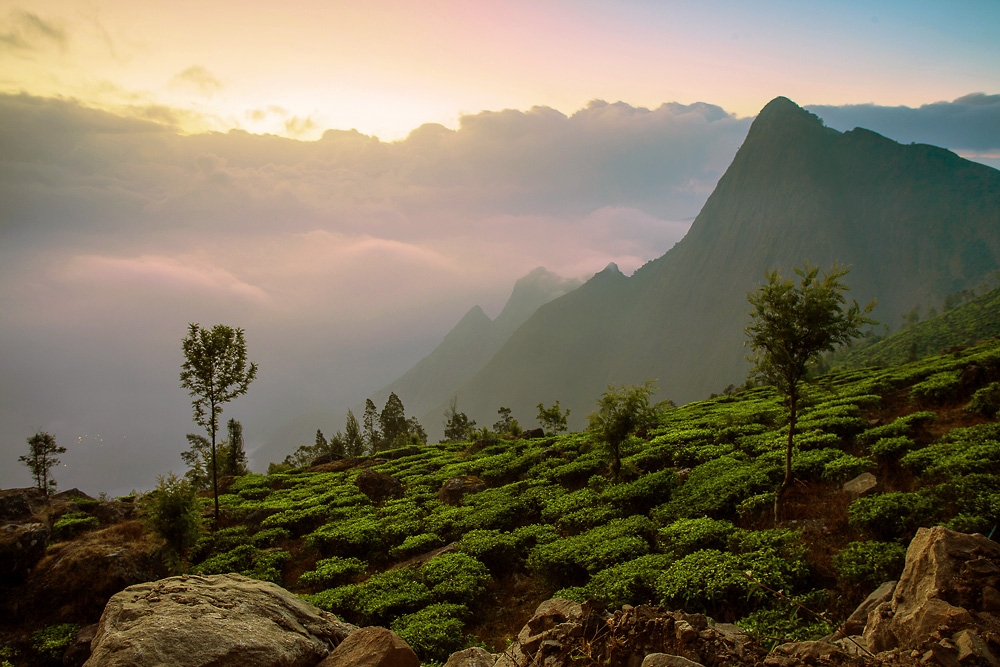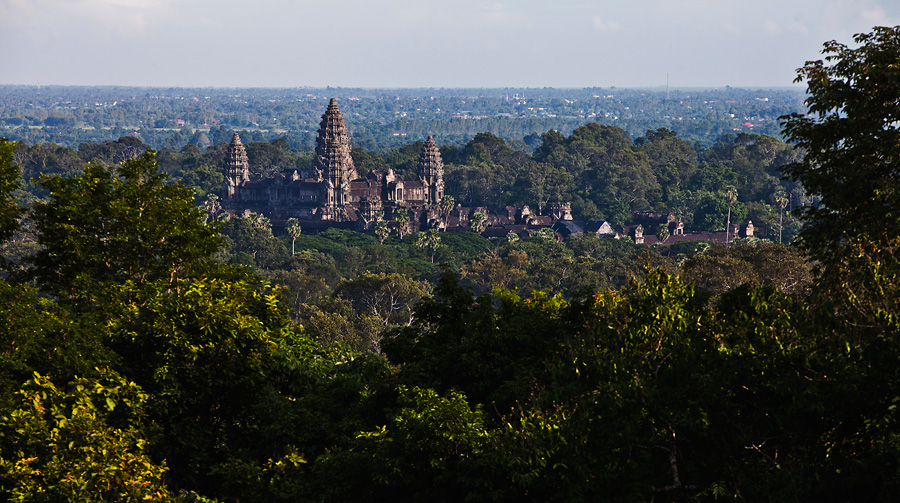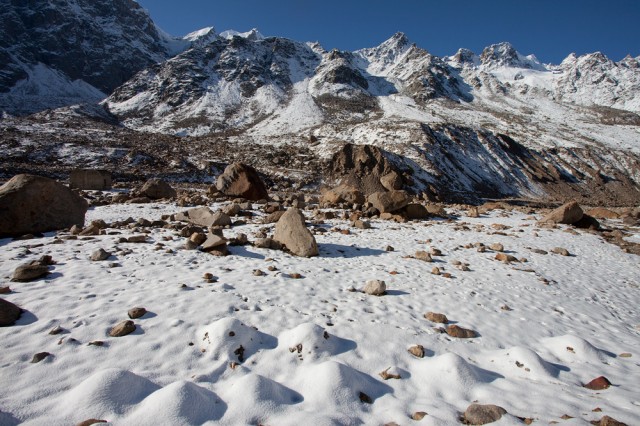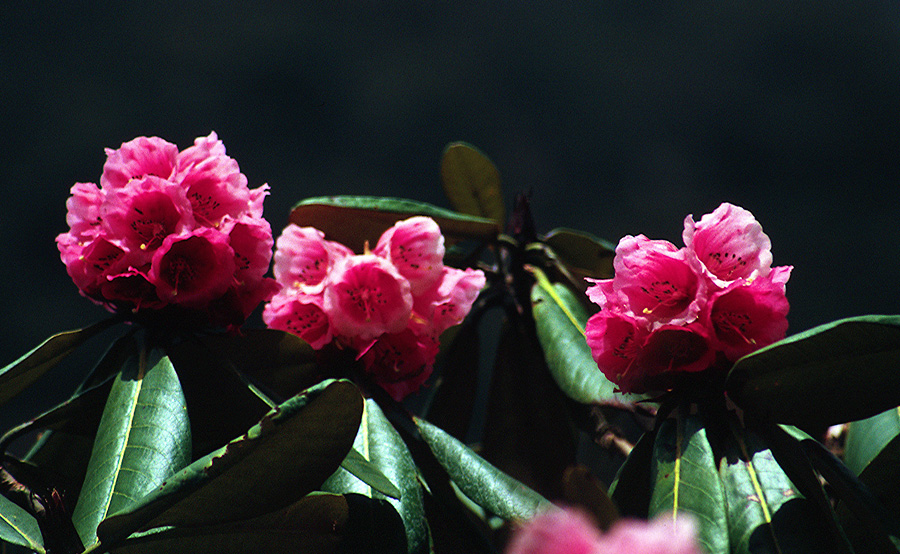Ever since photography went digital, a debate has raged on how much post-processing is acceptable. There have been strong debates – one that calls post-processing as creative freedom and the other calling it as manipulation. Here is a look at all the arguments about post-processing–both for and against–that I hear from people or read about.
The idea for this post came to me when I was working on one of my images. I was participating in a social-media campaign and was planning to use a landscapes images in it. I wanted the image to catch viewers’ attention and decided to pep it up with colours. See the before/after images here.


As you can see, the post-processed image appears more colourful and pleasing to the eye compared to the original image. I could have easily made it appear even more colourful if I wished to, but I decided to stop at this. But when is a good time to call it enough? How much processing is too much? Is it acceptable to process images at all?
Walking the long wooded path towards Beng Melea Temple, I heard a mild sound of music coming through the air. It grew on me as I closed-in to its source – a bunch of uniformed men on a raised platform not far from the temple entrance. From a distance, something appeared to be wrong. As I got nearer, I realized that some of them were missing an arm, some were blind and some wore artificial limbs. A sign nearby informed that they were the victims of Cambodia’s landmine problem, making a living playing music for the tourists visiting the temples. There were music CDs available for $10 or if you did not want to buy one, you could always sit and listen and leave a donation.

Angkor Wat Temple in the tropical jungles of Cambodia. On the approach to some of the temples in the region, you will meet musicians who were victims of landmines planted across Cambodia in the seventies and eighties.
This was my first encounter of victims of Khmer Rouge’s days. From the days of civil war many decades ago, landmines buried across the country, especially in border areas, had claimed thousands of victims. Although a large number of them have been de-mined now with great effort, they still lurk in the remote jungles and occasionally explode on an unsuspecting rambler.

It takes a lot to dazzle a seasoned traveller. After years of travelling to extraordinary places with unsurpassed beauty–rocky seashores, highland meadows, snowy slopes, river valleys, abloom wilderness, pristine lakes and silent woods–a jadedness slips into the once curious explorer. Yet, the traveller often continues to travel and see places as the addiction can’t be curtailed. And much like any other addiction, the high isn’t experienced anymore even when it is impossible to stop. There are times in my journeys where I have felt something amiss. Luxury never feels like it should, streets in a new city do not have the excitement that it had, the waves from the sea don’t seem to have crests and a new experience doesn’t seem new anymore. But there are always places that make you indefatigable, refresh and rejuvenate time and again, and never lets familiarity dominate the spirit. When I think of it, one place rules the mind space – Himalayas.
It is more than a decade since I have been travelling in the Himalayas, seeking its length and breadth, going into the expansive snow-fields of Arunachal, happy kingdom of Bhutan, evergreen foothills of Sikkim, deep valleys of Uttarakhand, wooded Himachal and deserted Ladakh. Each visit is demanding on the body, making me endure the thin air, brave the cold, bear with the aching muscles and survive the lengthy road journeys. Despite all this, the mountains fill the eyes with their grandeur, instill a sense of peace and perpetual awe in the mind. There is no getting tired of Himalayas. Here is a collection of cherished moments that have lingered over the years from many visits to the Himalayas.
Walking in a forest full of colourful rhodondron flowers in Sikkim
On my very first visit to Himalayas, I decided to make a moderately difficult trek to Gochela Pass in Sikkim. I was unprepared and did not know what to expect, and took things the way they came as we trekked up. On the second day of the trek, crossing above ten-thousand feet where the vegetation had long since changed from tropical to coniferous, even the deodars vanished and the woods were filled with rhododendron trees. It was summer, a time for the flowers to bloom. The trees generously bore bunches of pink flowers and splashed their presence in an otherwise green expanse. The sudden splurge of colours numbed my mind, paused my feet and left me mystified. It was a spectacle no less then seeing a star-studded sky on a clear moonless night.

I walked in the company of rhododendrons for several hours, admiring every bouquet that stretched towards me, often looking down at my feet and seeing with a sense of wonder the splash of colours that covered the forest floor. I wanted that moment to last forever. Little else mattered.




